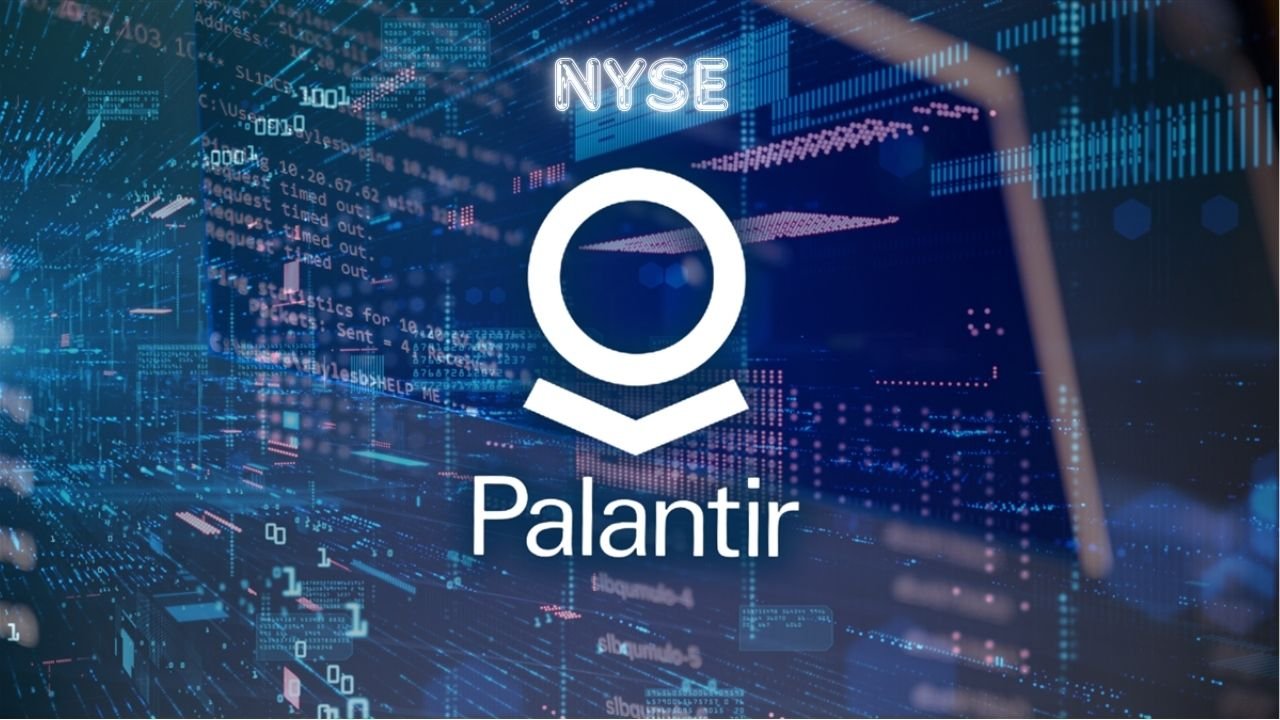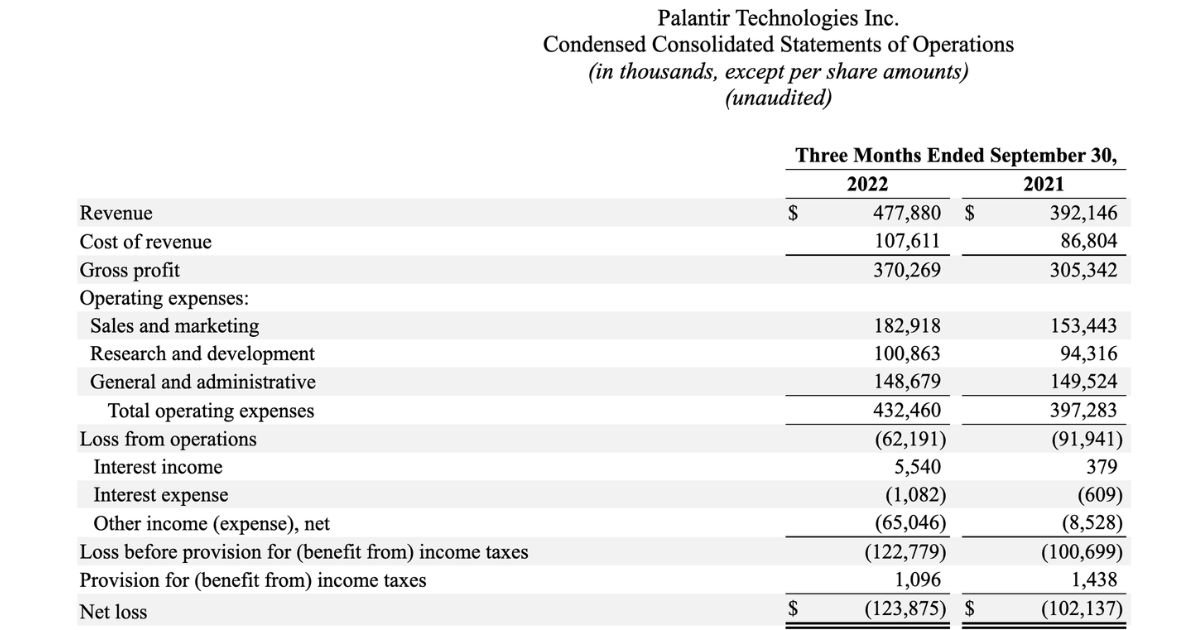
NYSE PLTR Financials: Palantir Technologies’ Growth and Performance
When it comes to the world of artificial intelligence, big data, and enterprise software, Palantir Technologies NYSE PLTR financials has become one of the most talked-about companies on Wall Street. Known for its government contracts, AI-driven analytics, and commercial solutions, Palantir has shown a steady financial improvement over the last few years. Investors, analysts, and even casual market watchers are keeping a close eye on the company’s numbers and performance as it continues to grow across industries.
In this blog, we’ll take a detailed look at NYSE PLTR financials, including revenue, net income, cash flow, and profitability trends from 2021 to 2024. We’ll also discuss Palantir’s business performance, balance sheet, and what these numbers mean for its future.
Overview of Palantir Technologies
Palantir Technologies Inc. is an American software and data analytics firm, which was founded in the year 2003 by Peter Thiel alongside Alex Karp and others. It focuses on developing powerful data integration and AI-based software platforms such as Palantir Gotham, Palantir Foundry, and Palantir Apollo, which governments, defence agencies, and corporations across the globe use.
Palantir is listed on the New York Stock Exchange (NYSE) with a ticker symbol of PLTR and is a highly influential company in government and commercial data analysis. With AI and machine learning solutions, the company has been trying to diversify its client base, become more profitable, and improve its status in the market over the past few years.
Palantir Technologies Financial Highlights (2021–2024)
The financial performance of Palantir from 2021 to 2024 reflects its journey from operating losses to profitability. Below is a complete breakdown of Palantir’s key financial metrics across these years.
| Metric | 2021 | 2022 | 2023 | 2024 |
| Period end date | 12/31/2021 | 12/31/2022 | 12/31/2023 | 12/31/2024 |
| Net Income / (Loss) Attributable to Common Shareholders | -520 | -374 | 210 | 462 |
| Consolidated Net Income / (Loss) | -520 | -371 | 217 | 468 |
| Net Income / (Loss) Continuing Operations | -520 | -371 | 217 | 468 |
| Total Pre-Tax Income | -488 | -361 | 237 | 489 |
| Total Operating Income | -411 | -161 | 120 | 310 |
| Total Other Income / (Expense), net | -77 | -200 | 117 | 179 |
| Income Tax Expense | 32 | 10 | 20 | 21 |
| Net Income / (Loss) Attributable to Noncontrolling Interest | 0.00 | 2.61 | 7.55 | 5.73 |
| Basic Earnings per Share (EPS) | ($0.27) | ($0.18) | $0.10 | $0.21 |
| Weighted Average Basic Shares Outstanding | 1.92B | 2.06B | 2.15B | 2.25B |
| Diluted Earnings per Share (EPS) | ($0.27) | ($0.18) | $0.09 | $0.19 |
| Weighted Average Diluted Shares Outstanding | 1.92B | 2.06B | 2.30B | 2.45B |
| Weighted Average Basic & Diluted Shares Outstanding | 2.03B | 2.10B | 2.21B | 2.35B |
This table clearly shows that Palantir has made a strong financial turnaround. From a net loss of $520 million in 2021 to a positive net income of $468 million in 2024, the company’s profitability and revenue have improved significantly.
Revenue and Profitability Growth
One of the largest success stories of Palantir has been the growth in terms of revenue and profitability. The company has a strong upward trend of its operating revenue that rose in Q3 2022 to the present figure of more than 1 billion in Q2 2025.
The gross profit of the company has also steadily increased between the gross profit of Q3 2022 of 370.3 million to the gross profit of Q2 2025, which is 810.8 million, thus indicating that Palantir has not only grown but also done cost control.
After years of losses, Palantir finally turned profitable in 2023, reporting a net income of $217 million and then almost doubling it to $468 million in 2024. This marks a major milestone in the company’s financial journey.
Operating Expenses and Investments

While Palantir’s revenue has grown, its operating expenses have also increased. The company continues to invest heavily in marketing, research, and development (R&D). Marketing expenses grew from $176.4 million in Q3 2022 to $243.8 million in Q2 2025, which may slightly pressure margins but supports long-term brand building and market expansion.
The years of capital investment in technology and infrastructure by Palantir have not been inappropriate either, as they have spent approximately 7.6 million dollars on equipment and facilities in the second quarter of 2025. This is a critical investment towards the expansion of operations and product performance.
The investment strategy of the company has been rather active, which means not only purchasing investments but also selling them. This creates volatility in the cash flow but represents an aspect of strategic financial management that would maximize returns.
Cash Flow and Liquidity
Palantir’s cash flow position has significantly improved. The company’s net cash from operating activities increased to $539.3 million in Q2 2025 from just $47.1 million in Q3 2022, showing the growing strength of its core business operations.
However, the company also used a significant amount of cash for investments, with net cash used in investing activities at around – $617 million in Q2 2025. This was primarily due to the purchase of investments and assets.
In terms of financing, Palantir’s net cash from financing activities was positive at $6.5 million in Q2 2025, even though it continued repurchasing common shares, which may slightly impact its cash reserves.
Balance Sheet and Capital Strength
Palantir’s balance sheet continues to strengthen each year. Its total assets grew from $3.3 billion in Q3 2022 to $7.4 billion in Q2 2025, driven mainly by increases in cash, equivalents, and investments. This growth highlights Palantir’s strong liquidity and ability to invest in future opportunities.
Its total liabilities also increased to $1.3 billion as compared to the previous figure of $921 million, which is not a big difference given the asset base of the company. The amount of debt is kept at low levels, which means that Palantir is financially stable and not easily affected by changes in interest rates.
Shareholders’ equity has seen an impressive rise from $3.2 billion in 2022 to $5.9 billion in 2025, showing the company’s consistent improvement in net asset value and investor confidence.
Key Financial Trends of NYSE PLTR Financials
When we analyze NYSE PLTR Financials as a whole, several positive trends emerge. The company has managed to transition from losses to profits, increase its equity base, and expand revenue without taking on significant debt.
Operating income has moved from -$411 million in 2021 to $310 million in 2024, and pre-tax income jumped to $489 million during the same period. The improvement in both profitability and efficiency suggests that Palantir is on a strong growth path.
Frequently Asked Questions About NYSE PLTR Financials
Q1. When does Palantir’s financial year end?
Palantir’s fiscal year ends on December 31. The company’s financial reports are typically released quarterly, and the 2024 fiscal year closed on December 31, 2024.
Q2. How has Palantir’s net income changed over recent years?
Palantir’s net income turned positive in 2023 with $217 million and rose to $468 million in 2024, a remarkable turnaround from years of losses.
Q3. What is Palantir’s operating income?
For 2024, Palantir’s operating income was $310 million, supported by total gross profits of $2.3 billion and operating expenses of $1.99 billion.
Q4. How has Palantir’s revenue grown over the years?
Palantir’s total revenue grew from $595 million in 2018 to $2.87 billion in 2024, marking an increase of over 381% in just six years.
Q5. How much cash does Palantir have?
As of 2024, Palantir had around $2.1 billion in cash and cash equivalents, maintaining strong liquidity despite high investment spending.
Q6. What is Palantir’s book value per share?
Palantir’s book value per share grew from $0.00 in 2018 to $2.20 in 2024, showing strong financial growth and asset accumulation.
Conclusion
Palantir Technologies has truly evolved from a startup with big ambitions into a profitable AI-driven enterprise. Its financial performance over the last four years shows a steady move toward sustainable profitability, strong balance sheet management, and increased investor confidence.
With consistent revenue growth, improved cash flow, and rising shareholder equity, Palantir (NYSE: PLTR) stands out as one of the most promising technology companies of the decade. The firm’s focus on AI, data analytics, and enterprise software continues to position it well for long-term growth.
To put it in simple terms, the history of Palantir in terms of losses to high profits and a successful business demonstrates that the change in leadership, innovativeness, and strategic planning might rebuild the future of a particular company. Provided that the company remains on its current course, its financials have indicated that Palantir can be listed as one of the most stable and influential companies in the world of technology in the near future.
Read More About: Palantir Stock News Today: Market Drop, Defense Contracts, and Future Outlook


